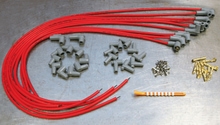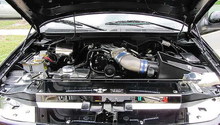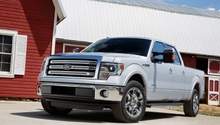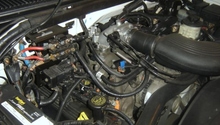Ford F-150/F-250: How to Replace Spark Plugs
If you have bad spark plugs, your Ford F-150 or F-250 Super Duty will begin to fail you. But you don't have to pay lots of money to have them replaced if you do it yourself.
This article applies to the Ford F-150 (2004-2014) and F-250, F-350 Super Duty (2005-2014).
Spark plugs are crucial to both keep your motor running smooth and keep you from burning extra fuel. Spark plugs function by providing the spark needed to ignite the fuel in your engine. While it won't damage your motor if you don't replace them, over time you can develop a misfire, which can damage your catalytic converters.
Although it's cheaper to replace spark plugs on your own, it requires experience and skill and can be moderately difficult to get the job done. The last thing you want is to spend money for the parts and put the time into replacing them yourself only to learn from a mechanic that it wasn't done right. Below you will find a list of helpful tips, key pieces of information, and step by step instructions to replace your F-150 or Super Duty's spark plugs.

Materials Needed
- Carburetor cleaner
- Penetrating oil
- 10mm hex head
- 5/8" pr 9/16" Spark Plug socket (depends on motor and plug choice)
- Short, medium, long and swivel socket extensions
- Air compressor (or shop vac to blow away dirt and dust)
- Torque wrench
- Ratchet
- Dielectric grease
- Anti-seize coating
About Your Spark Plugs
When to Replace
You should refer to your owner's manual for specific times but usually it's at the 100k mile mark. However forum consensus is usually in the range of 80-120k miles as being an acceptable time frame. If you have developed a misfire, then it's time to replace them now. A misfire is usually characterized by a rough idle or a stumble when accelerating. Driving a long time with a misfire will eventually destroy the catalytic converters because of the fuel getting into them.
Spark Plug Reviews
The number one recommended spark plug for stock Ford motors is the Motorcraft brand. Normally people recommend an aftermarket brand as being better than the OEM one, but in this case the OEM brand is one of the best. Your owner's manual will you give you the specific OEM product to use, but you'll be safe with the Motorcraft brand.

Some of the newer Ford motors have a less than desirable spark plug layout so be prepared with a variety of extensions. I also recommend keeping a Haynes or Chiltons manual handy for helpful steps and specific tool sizes when changing them. A general run down of what you'll need is below.
Gapping Spark Plugs
The gap is the distance between the two electrodes on the end on the spark plug. An improper sized gap can lead to cylinder misfires or to a plug welding itself together. There's very few times you'll need to gap a spark plug as they normally come set from factory, but if you need the gap distance, it is listed on the emissions label under the hood.
Inspecting Spark Plugs
It's always best to inspect your spark plugs in the case of a misfire or even when doing a routine change. Your spark plugs can give you a lot of information about the way your motor is running.

Pro Tips
- During install, always hand tighten the spark plugs as much as you can. The threads on both the plug and on the cylinder head are soft and can strip easily. In the case of a stripped head, you'll need to have it towed to a qualified mechanic. This isn't something to attempt fixing yourself if you haven't done it before, otherwise you can risk really damaging the cylinder head.
- The 04-08 5.4L motor came with a two piece spark plug design that is prone to breaking in half. If the plugs haven't yet been replaced, I'd consider letting a qualified mechanic do the first plug change to minimize the risk of breaking any plugs.
- The 97-03 5.4L and some 4.6L suffered from a blow out issue from under-torquing the spark plugs. Therefore most forums have come to the general consensus to go against the owner's manual and change the recommend spark plug torque to 28-32 ft/lbs. and to use no anti-seize grease.
- The Super Duty Diesel engine does not use spark plugs. It uses compression temp and diesel fuel injection to cause combustion.
How to Replace Your Spark Plugs
Shall I replace my own spark plugs or get the dealership to do the job? This is a question that many of us ask ourselves during a lifetime of driving a car. Although it's cheaper to replace spark plugs on your own, it requires experience and skill and can be moderately difficult to get the job done. The last thing you want is to do is spend money for the parts and put the time into replacing them yourself only to learn from a mechanic that it wasn't done right. Below you will find a list of helpful tips, key pieces of information and step by step instructions to replace your F-150 or Super Duty's spark plugs.
Pro Tip
Always refer to your owners manual for the specific torque needed (with exceptions, see Pro Tips below). Improperly torquing a spark plug can lead to a variety of issues including damaging the threading, misfiring, or the dreaded spark plug blowout.
Step 1 - Remove the engine cover

Disengage the negative (black) cable on the battery in order to remove the engine cover's three bolts with a 10mm hex head.
Step 2 - Remove the coils (6 or 8)
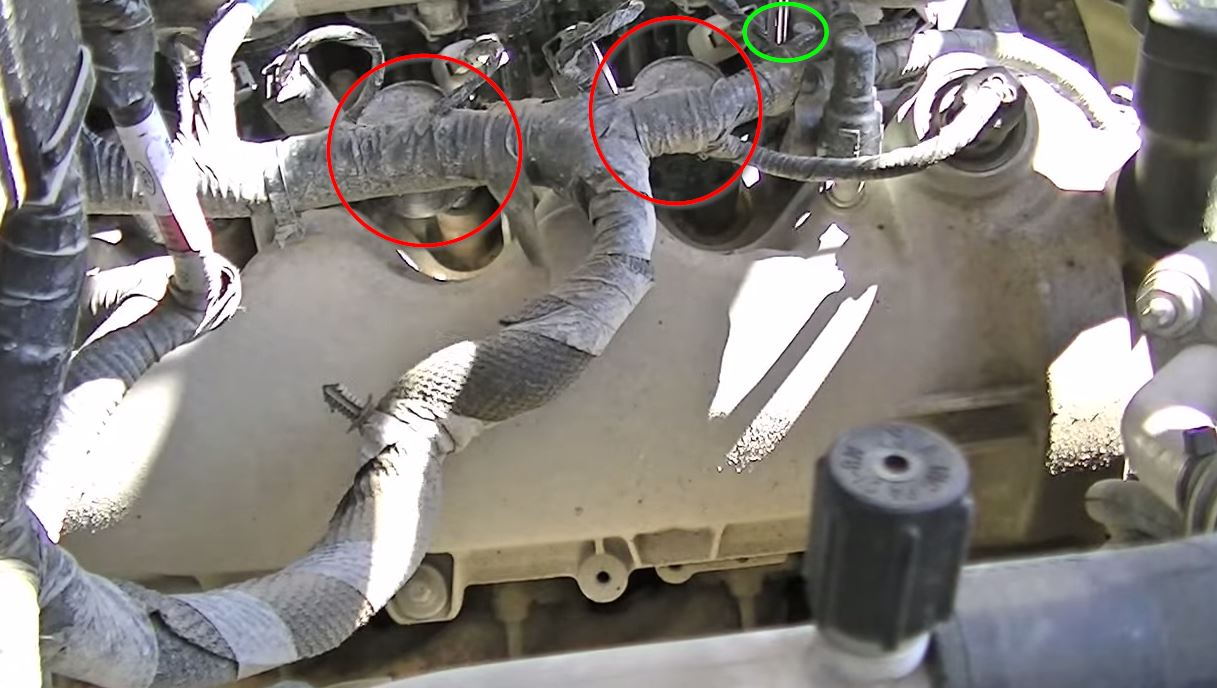
Locate the coils. You will have 6 for a V6 or 8 for a V8. Use your socket to remove the bolts, as shown in Figure 2 above. Once you have removed the bolt, you will need to remove the electrical connector as shown in Figure 3 below.
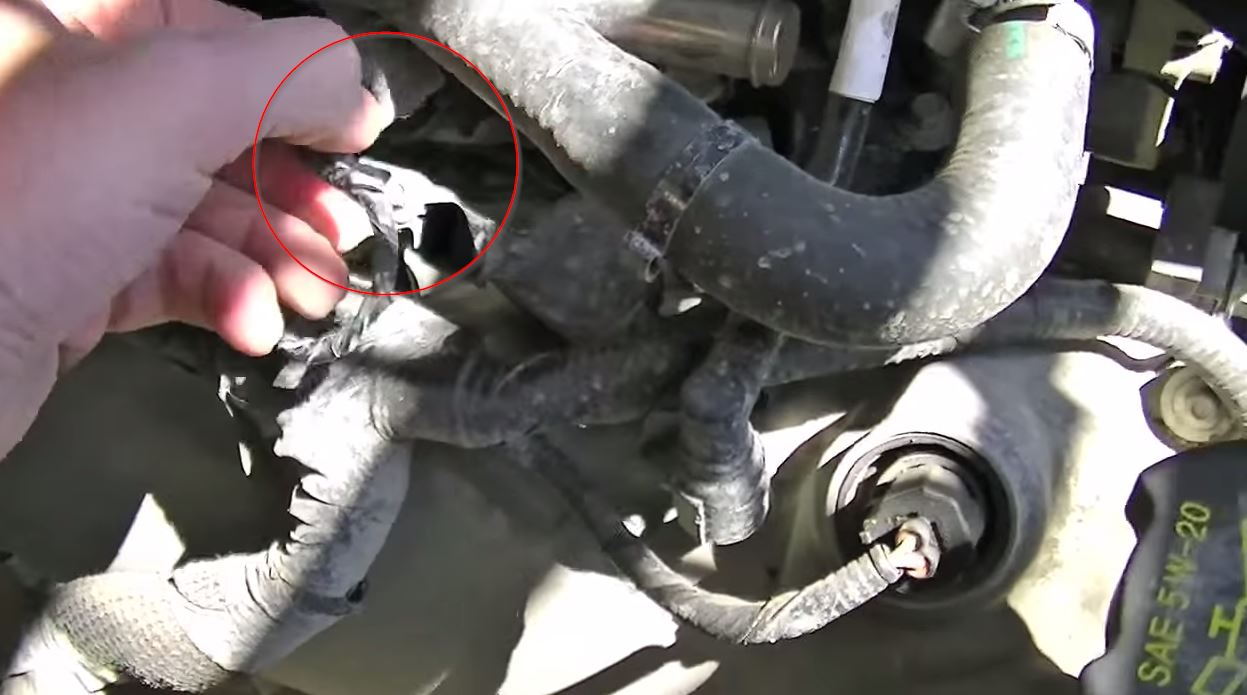
Then you will pull your coil out of the plug well as in Figure 4 below.

Step 3 - Remove Spark Plugs
Now you need to remove the actual spark plug. Insert your socket into the plug well and loosen the spark plug. Turn left for loose, right for tight.

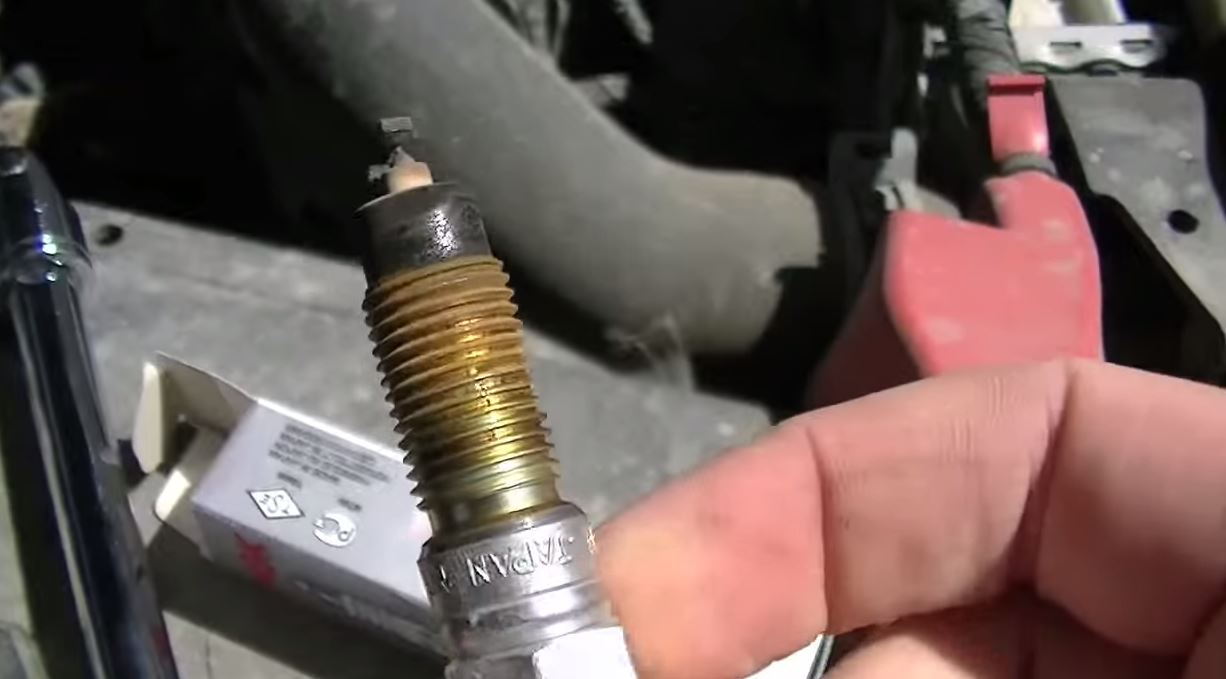
Step 4 - Blow out the plug well
After you remove the spark plugs, use a shop vac or air compressor to blow out the plug well as pictured below. It's always a good idea to check it with a flashlight to be sure you got everything out of there.
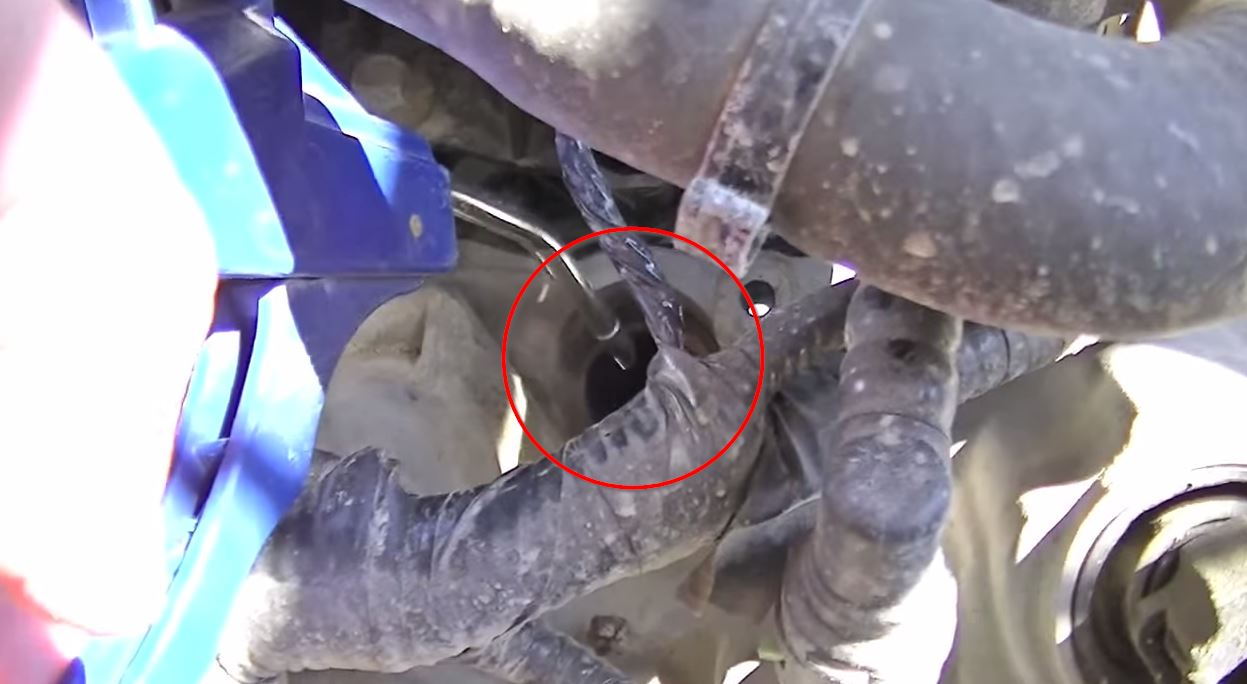
Step 5 - Spray the spark plug wells

Use penetrating oil to spray the plug wells. Do the same for all plug wells and allow them to soak for 2-3 hours.
Step 6 - Apply anti-seize
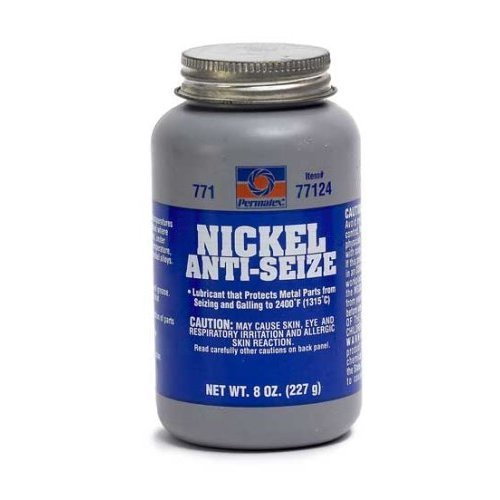
Use Nickel anti-seize lubricant on the sleeves of the plugs.
Step 7 - Apply dielectric grease

Open the dielectric grease bottle and apply it to the inside area of the boots.
Step 8 - Install the new plugs
Discard the old spark plug and take out your new one. The spark plug below has been pre-gapped so no gapping is necessary. If you do need to gap your plugs, check your emissions label under the hood. You can pick up a gapping tool at any auto parts store.

Install the new spark plugs the same way you removed them and tighten to 13-lb-ft using your torque wrench.
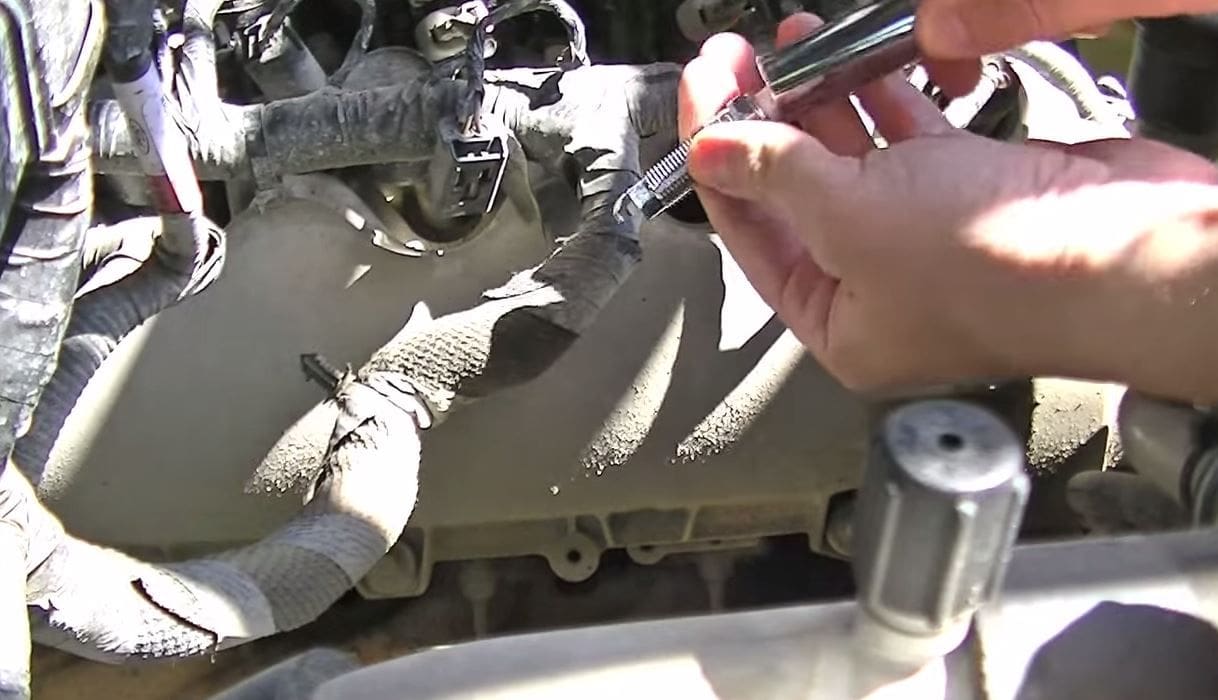
Step 9 - Re-install parts
Be sure you reinstall your parts in the reverse order in which removed them.
- Reinstall your coils
- Reconnect the electrical connector
- Put your engine cover back on
Then start up your truck. Your engine should start up smoothly and should no longer misfire. You finally have that spark back in your life!
Pro Tips
Remember to re-install the red gasket on the fuel injector connectors and try not to let it slip. If you notice the spark plug does not thread, it most likely is deep in the spark plug socket and the threads aren’t exposed. Make sure to remove the plug from the socket 1/8 of an inch to improve the exposure of the tip of the spark plug. Motorcraft spark plugs are recommended due to its high quality.
Related Discussions
- Torque Specs - F150Forum.com.
- Removal - F150online.com
- Spark Plug Installation - Ford-trucks.com

